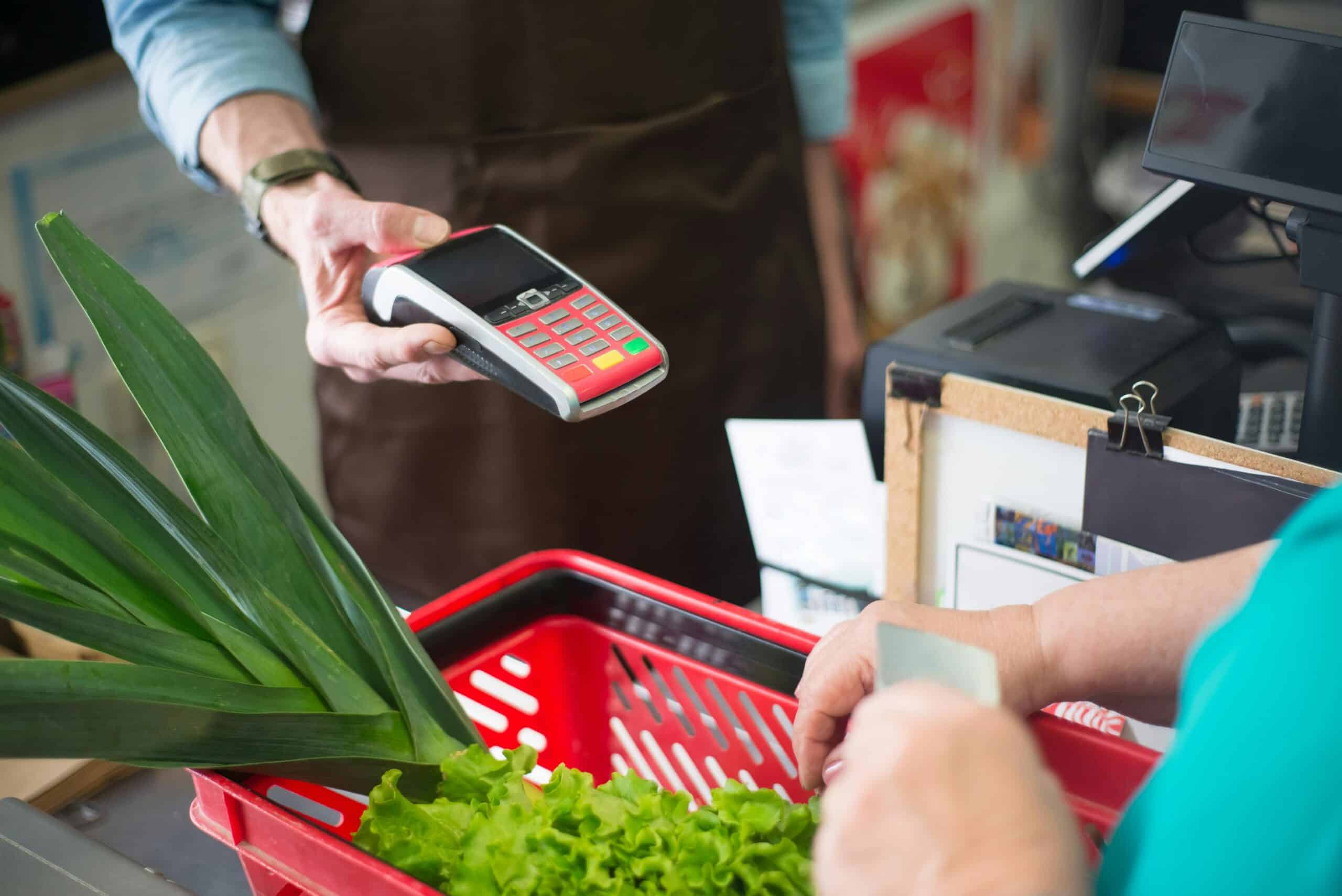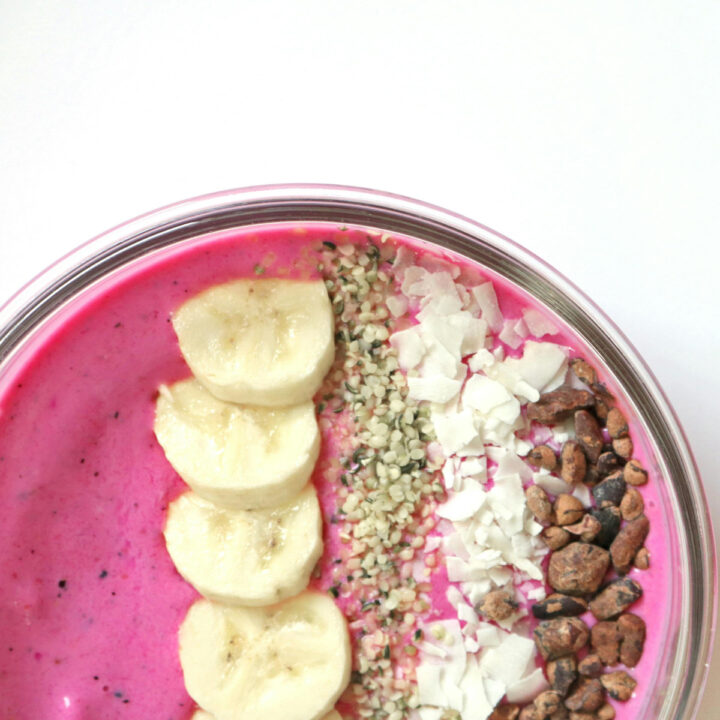
There’s a common perception that eating healthy comes with a hefty price tag. Many people assume that maintaining a nutritious diet requires expensive organic produce, specialty health foods, and premium supplements. That's simply not true. We're here to tell you that the cheapest way to eat healthy does not have to break the bank.
Plant-based eating offers an affordable alternative that aligns both with health-conscious choices and budget-friendly grocery shopping.
This article explores the cheapest way to eat healthy, including the financial aspects of different diets. We’ll compare their costs and break down how a vegan diet can be one of the most economical ways to eat well.
Understanding the Costs of Various Diets

The cost of food varies significantly depending on dietary choices, ingredient preferences, and the availability of whole vs. processed foods. Some diets rely on expensive meats and specialty items, while others emphasize budget-friendly staples like grains and legumes.
Below, we break down the costs and health implications of three common diets: the Standard American Diet, the Mediterranean Diet, and the Vegan Diet.
The “Standard” American Diet
The Standard American Diet (SAD) is characterized by high consumption of processed foods, red meats, dairy, and refined carbohydrates, often leading to higher grocery costs due to frequent purchases of convenience meals and packaged snacks.
Cost Considerations
- Meat and dairy products are among the most expensive items on grocery bills, especially when purchasing premium cuts or organic options.
- Processed and fast foods may seem budget-friendly short term but can contribute to higher healthcare costs due to diet-related diseases.
- Prepackaged meals and sugary beverages increase overall spending compared to home-cooked, whole-food meals.
Daily Implications
- Pros: Convenience, widely available food options.
- Cons: High in unhealthy fats, sodium, and added sugars, leading to obesity, heart disease, diabetes, and increased medical expenses.
The Mediterranean Diet
The Mediterranean Diet emphasizes whole grains, fresh produce, legumes, healthy fats (like olive oil), and lean proteins such as fish and poultry. While widely regarded as one of the healthiest eating patterns, it can come with a higher price tag due to the reliance on fresh, high-quality ingredients.
Cost Considerations
- High-quality olive oil, nuts, and fresh fish can drive up grocery costs, especially in landlocked areas where seafood is expensive.
- Imported ingredients like olives, specialty cheeses, and herbs contribute to higher spending.
- Organic fruits and vegetables may cost more than conventional produce.
Daily Implications
- Pros: Heart-healthy, anti-inflammatory, supports brain function, and reduces chronic disease risks.
- Cons: Can be expensive to maintain, especially for those on a tight budget. Some individuals find sourcing fresh seafood and organic produce consistently difficult.
The Vegan Diet
A vegan diet eliminates animal products and focuses on fruits, vegetables, legumes, whole grains, nuts, and seeds. While some processed vegan foods can be costly, a whole-food, plant-based diet is often one of the most economical ways to eat healthily.
Cost Considerations
- Affordable staples like beans, rice, lentils, oats, and potatoes are significantly cheaper than meat, making a vegan diet budget-friendly when focused on whole foods.
- Processed vegan products (like plant-based meats, dairy substitutes, and packaged snacks) can be more expensive than their non-vegan counterparts.
- Fewer recurring costs—since plant-based staples have long shelf lives, there’s less food waste.
Daily Implications
- Pros: High in fiber, rich in antioxidants, promotes heart health, and reduces inflammation.
- Cons: Some essential nutrients, like B12, iron, and omega-3s, may be lower in a vegan diet.
To mitigate nutritional gaps affordably, greens powders can provide essential vitamins and minerals at a fraction of the cost of buying multiple supplements.
Tip: Live it Up Super Greens offers a budget-friendlier solution while delivering gut-supporting probiotics and high-quality plant-based nutrition compared to AG1 and Bloom.
Comparing Costs: Vegan vs. Other Diets
To further illustrate cost differences, here’s a estimated side-by-side weekly grocery cost comparison of diets:
| Food Category | Standard American Diet | Mediterranean Diet | Vegan Diet |
|---|---|---|---|
| Meat & Seafood | $40-$70 | $50-$80 | $0 |
| Dairy Products | $20-$30 | $20-$40 | $0 |
| Processed Foods | $30-$50 | $20-$40 | $10-$20 |
| Whole Grains & Legumes | $10-$20 | $15-$25 | $20-$30 |
| Fruits & Vegetables | $20-$30 | $30-$50 | $30-$40 |
A plant-based diet can reduce grocery costs significantly, particularly by eliminating expensive animal products while focusing on affordable staples like grains and beans.
Budget Breakdown
Many assume that plant-based eating is costly due to the price of specialty vegan products.
However, research shows that vegan diets are often cheaper than omnivorous diets, mainly when built around whole foods.
| Category | Vegan Diet (Cost Estimate) | Non-Vegan Diet (Cost Estimate) |
|---|---|---|
| Protein | Lentils ($2) Black Beans ($2) Tofu ($3) | Chicken Breast ($8) Ground Beef ($9) Eggs ($4) |
| Grains | Brown Rice ($3) Whole Wheat Pasta ($3) Oats ($3) | White Bread ($3) Pasta ($3) White Rice ($3) |
| Vegetables | Carrots ($2) Broccoli ($3) Spinach ($3) Potatoes ($3) | Iceberg Lettuce ($2) Bell Peppers ($4) Green Beans ($4) |
| Fruits | Bananas ($2) Apples ($3) Oranges ($3) | Apples ($3) Grapes ($5) Strawberries ($6) |
| Dairy & Substitutes | Almond Milk ($3) Nutritional Yeast ($5) | Cow’s Milk ($4) Cheddar Cheese ($6) |
| Healthy Fats | Peanut Butter ($4) Chia Seeds ($5) Olive Oil ($7) | Butter ($5) Bacon ($6) Canola Oil ($4) |
| Processed/Packaged | Whole Wheat Bread ($4) Canned Tomatoes ($3) Hummus ($4) | Frozen Pizza ($8) Potato Chips ($5) Deli Meat ($7) |
| Total Weekly Cost | $50- $60 | $90-$110 |
Takeaways from the Cost Comparison
- Whole-food, plant-based meals cost significantly less than non-vegan options, especially when avoiding processed foods.
- Staple ingredients like beans, grains, and seasonal produce are among the cheapest grocery items available year-round.
- Animal proteins, dairy, and processed snacks drive up weekly food expenses.
Debunking the Myth: Is Being Vegan Expensive?

Many assume that plant-based eating is costly due to the price of specialty vegan products.
However, research shows that vegan diets are often cheap diets, more so than omnivorous diets, particularly when built around whole foods.
Cost Analysis Studies
Contrary to the common belief that plant-based diets are more expensive, research indicates otherwise. A study published in Agricultural and Food Economics examined the food expenditures of various dietary groups and found that plant-based consumers, particularly vegans, tend to spend less on food compared to their omnivorous counterparts.
The study, which surveyed 1,040 individuals representative of the Portuguese population, concluded that adopting a plant-based diet can be a cost-effective choice for consumers.
These findings suggest that shifting towards a plant-based diet not only offers health and environmental benefits but can also lead to financial savings.
By focusing on whole foods such as grains, legumes, fruits, and vegetables, individuals can maintain a nutritious diet while reducing their overall food expenses.
Factors Influencing Perceived Costs
Vegan diets are often seen as expensive, but this largely depends on food choices and market pricing. While some plant-based products are costly, whole plant foods remain one of the most affordable ways to eat.
Processed Vegan Products vs. Whole Foods
Meat substitutes, plant-based cheeses, and specialty dairy-free products tend to be pricier due to additional processing and packaging costs.
However, whole foods like beans, lentils, rice, and seasonal vegetables are far cheaper per serving than animal products and offer excellent nutrition at a lower cost.
Government Subsidies and Pricing
Animal agriculture benefits from government subsidies that keep meat and dairy prices artificially low.
In contrast, plant-based crops, especially those grown for human consumption, receive fewer subsidies, making them appear more expensive in comparison.
While vegan convenience foods can be costly, sticking to whole, plant-based staples offers an affordable and nutritious alternative. Understanding these price factors can help consumers make budget-friendly vegan meals.
Areas of Potential Savings with a Vegan Diet

In addition to savings at the grocery store, a plant-based lifestyle may help cut healthcare costs in the long run by supporting overall health and reducing the risk of chronic disease.
Below, we’ll take a closer look at the economic benefits of veganism.
Affordable Plant-Based Staples
A whole-food, affordable plant-based diet focuses on nutrient-dense, cost-effective staples that can easily be found in any grocery store.
Some of the most affordable and filling options include:
- Legumes (beans, lentils, chickpeas): High in protein and fiber, costing a fraction of the price of meat.
- Whole grains (rice, oats, quinoa, whole wheat pasta): Versatile and inexpensive sources of complex carbohydrates.
- Tofu and tempeh: Affordable protein-packed alternatives to meat that absorb flavors well.
- Seasonal vegetables: Buying produce in season reduces costs and ensures freshness.
- Frozen fruits and vegetables: Nutrient-rich and often more affordable than fresh, with a longer shelf life.
According to PETA, common plant-based staples like rice, beans, and pasta are significantly cheaper than animal products, making it easy to follow a vegan diet without breaking the bank.
Reducing Healthcare Costs
Eating a balanced plant-based diet isn’t just good for your wallet at the grocery store—it can also contribute to long-term savings on healthcare expenses. Studies have shown that plant-based diets are associated with a lower risk of chronic diseases such as heart disease, type 2 diabetes, and hypertension.
By prioritizing whole plant foods over processed meats and high-fat animal products, individuals may reduce their need for costly medications, doctor visits, and medical procedures later in life.
Meal Preparation and Planning
Another way a vegan diet helps cut costs is through meal prepping and home cooking. Eating out frequently can quickly add up, but preparing meals at home allows for better portion control and ingredient selection while keeping expenses low.
Here are some budget-friendly strategies:
- Batch cooking: Making large portions of soups, stews, and grain bowls to eat throughout the week.
- Shopping in bulk: Buying grains, legumes, and nuts in bulk saves money per serving.
- Using leftovers creatively: Repurposing extra ingredients into new meals (e.g., turning cooked beans into a hearty soup).
- Meal planning: Structuring meals around sales and seasonal produce to get the best deals.
By focusing on whole foods, preparing meals at home, and taking advantage of budget-friendly staples, a vegan diet can be one of the most cost-effective ways to eat well while also promoting long-term health benefits.
Practical Tips for Eating Healthy on a Budget

Eating cheap, healthy meals on a budget is entirely possible, especially with strategic planning and smart shopping habits.
A plant-based diet, in particular, offers plenty of affordable, nutrient-dense options that can help you save money while maintaining a well-balanced diet.
Meal Planning and Shopping Strategies
Planning nutritious, cheap meals ahead of time and being mindful of your grocery shopping habits can significantly cut costs while ensuring you get all the nutrients you need.
- Plan meals around weekly sales and buy staple ingredients in bulk.
- Choose store-brand or generic items over premium labels.
- Use frozen fruits and vegetables when fresh options are expensive.
Incorporating Plant-Based Proteins
Protein is an essential part of any diet, and plant-based protein options like beans, lentils, and tofu offer a budget-friendly alternative to expensive meat products.
- Swap expensive meat proteins for lentils, chickpeas, and tofu.
- Make homemade veggie burgers, seitan, or lentil soups instead of buying processed plant-based options.
- Experiment with budget-friendly protein sources like peanuts, sunflower seeds, and oats.
Utilizing Community Resources
Taking advantage of farmers' markets, community gardens, and bulk food stores can help you access fresh, affordable ingredients while supporting local food sources.
- Farmers' markets: Local, seasonal produce is often cheaper than supermarkets.
- Community gardens: A great way to grow fresh food at minimal cost.
- Food co-ops & bulk stores: Offer discounts on grains, nuts, and dried goods.
Choose Vegan For a Cheaper, Healthier Diet
If you’re wondering what the cheapest way to eat healthy is, it’s worth noting that the idea that eating healthy is expensive is a common misconception. But a well-planned vegan diet can be one of the most affordable ways to maintain a nutritious lifestyle.
By focusing on whole foods, buying in bulk, and cutting back on processed items, a plant-based diet can significantly reduce grocery expenses compared to other diets.
For those looking at saving money with plant-based eating, Live it Up Super Greens is an excellent budget-friendly option to round out a balanced diet.
Whether you’re transitioning to veganism or simply looking to cut food costs, plant-based eating is a smart, cost-effective choice.
The V Nutrition Editorial Team, consisting of experts in vegan nutrition and health, focuses on providing accurate and helpful information. With backgrounds in nutrition science and a shared commitment to plant-based living, we ensure that every piece of content not only educates but also empowers our readers to make informed lifestyle choices.
The V Nutrition Editorial Team, consisting of experts in vegan nutrition and health, focuses on providing accurate and helpful information. With backgrounds in nutrition science and a shared commitment to plant-based living, we ensure that every piece of content not only educates but also empowers our readers to make informed lifestyle choices.




Comments
No Comments